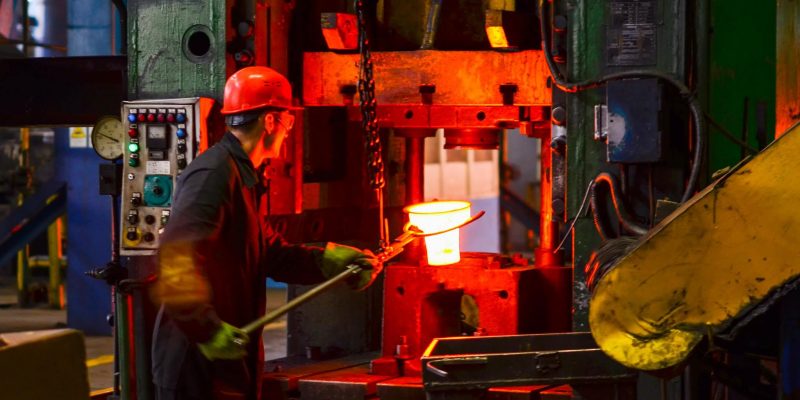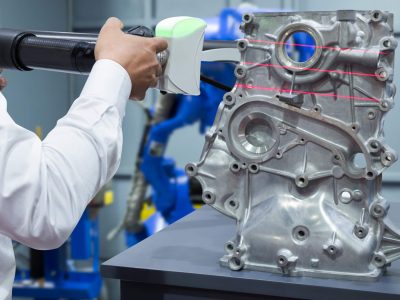In 2022, the global manufacturing valve market is worth $85.6 billion USD. European countries, particularly Germany as well as the U.S., are the clear rulers in new products, followed by Taiwan, Japan, South Korea, China, and India.
Global Industrial Valve Market
In the fluid contribute to the overall, the piston is a control element. Its major purposes are to trim off, regulate, divert, prevent reverse flow, stabilize, divert or overspill, and relieve stress.
Vents used in liquid process control come in a variety of shapes and sizes, ranging from simple closed valves to a numerous valves for use in highly complicated control applications.
Valves could be used to regulate the flow of a variety of fluids, including air, water, steam, erosive media, silt, oil, metal matrix, and irradiated media.
The global valve casting manufacturing industry is poised to increase at a percent per annum of 6.0 percent from 2021 to 2028, from USD 58.54 billion in 2020 to USD 93.64 billion in 2028. To achieve an effective access controls in wastewaters, oil and energy, foodservice, chemical, as well as other businesses, industrial vents are primarily made of steel, wrought iron, stainless steel, as well as other rising metallic alloys.

This same valve is made up of three parts: the main section, the valve arise, and indeed the control valve. To prevent wastage of liquid that flows thru the valve, they are typically made of various materials such as polymers, vulcanised, metal, and so on.
The main distinction between the valves is in their operating mechanisms. Globe valves, dragonfly valves, puck valves, exhaust valves, connector valves, squeeze valves, membrane valves, and safety valves are the most commonly used vents in the industry.
Substantial progress has been achieved in the automated processes of a check valve as more consideration is given to the precision and mechanization of manufacturing valves.
Actuators used in check valves involve valve casting manufacturing pneumatic cylinders, which transform electronic pulses into compressed air signals to regulate the valve. As a result, mechanization in the valve linear actuator gives greater efficiency, lower emissions, and high precision, which helps promote the expansion of the market manufacturing valve market.
Furthermore, the oil and gas sector is the world’s biggest user of manufacturing valves, with industrial valves being used in downstream, pipelines, and upriver procedure application areas.
The increasing adoption for manufacturing valves in America has created a market for having to import manufacturing valves from other nations, thereby propelling the industrial nozzle market forward. Furthermore, developed nations’ foodservice handling industries, even those in the EU, the US, and China, have been swamped.
However, rising food supply in countries like brazil and India has boosted agricultural production, which then in turn has boosted the foodservice industries.
The increased supply for manufacturing valves in United States has created a market for having to import manufacturing valves from other regions, thereby driving the industrial valve industry forward. Furthermore, developed nations’ foodservice computation businesses, such as the EU, usa, and China, are swamped. This is anticipated to spur for manufacturing control valve.
Drive Some of the Added Value of Materials
Following the 2021 pandemic, the financial system is on the verge of a retaliating reversal, and the trade war has prompted the reorganization of supply chains in different countries, resulting in rising raw material costs and a wave of digitalization.
Steel, chemical plants, and microprocessor industries, both domestic and international, have benefited. Those planning to broaden or boost output should make sure that perhaps the soil’s basic pipes and injectors are stable and safe in order to sustain the angular momentum of sustainable management.
The primary purpose of the valve is to open, close, and restrict the flow of liquids, such as liquid and server rack such as prevalent faucets valve casting manufacturing in everyday life, all of which are types of valves; manufacturing valves are frequently used in chemical processing, steel, power stations, and other industries.
Machines that restrict the amount, guidance, force, as well as heat of keystone xl liquids, such as control valves, dragonfly valves, ellipsoid valves, ball injectors, control valve, or other different kinds of numerous forms, are even tightly linked to their important steps on numerous pipeline projects in semiconducting factories.
Thus according projections, the global manufacturing valve market is worth $85.6 billion USD in 2022. Germany, the U.s., and Japan will be the primary markets, followed by China, Taiwan, and South Korea.







Comments